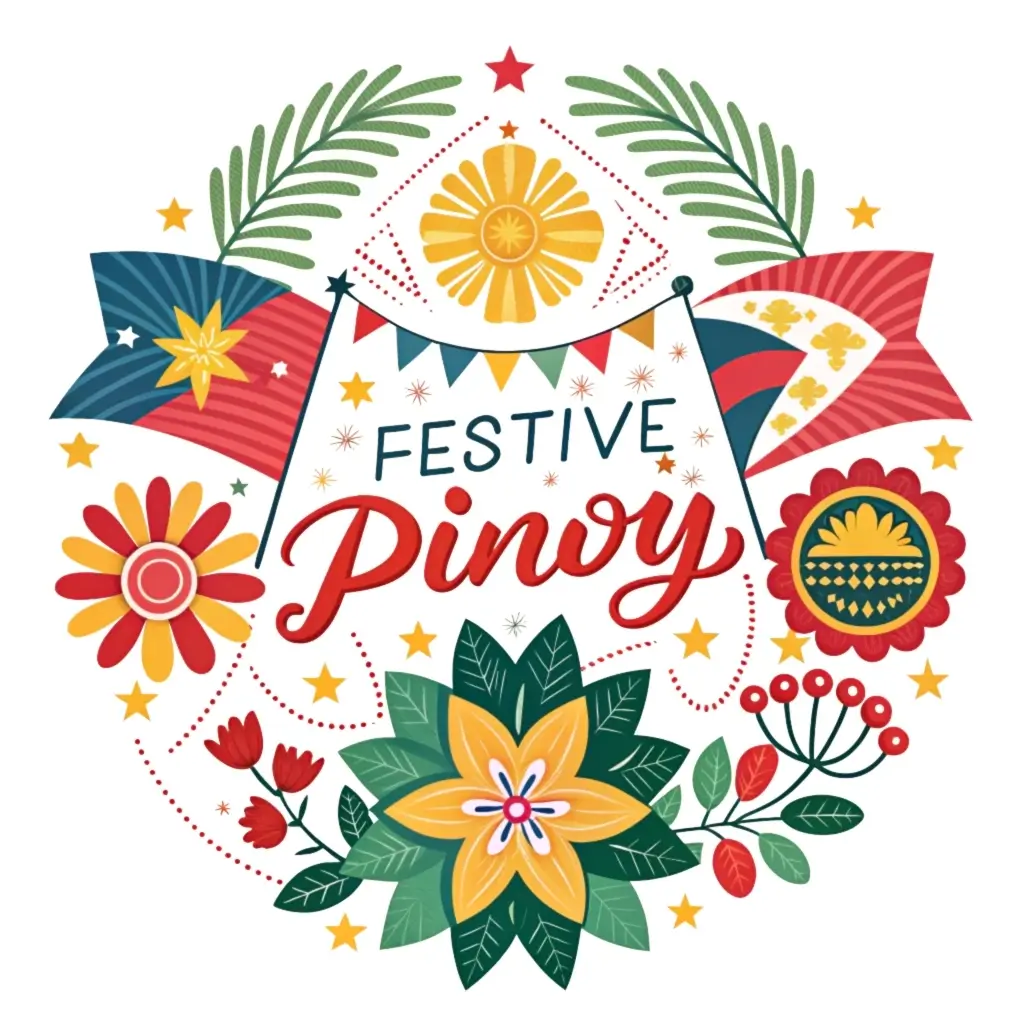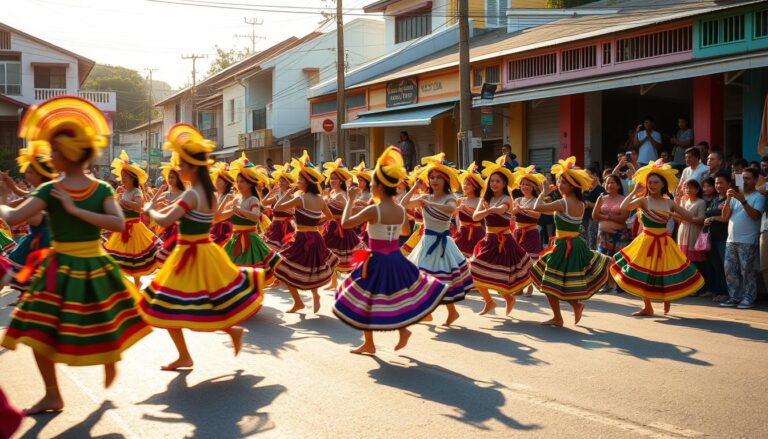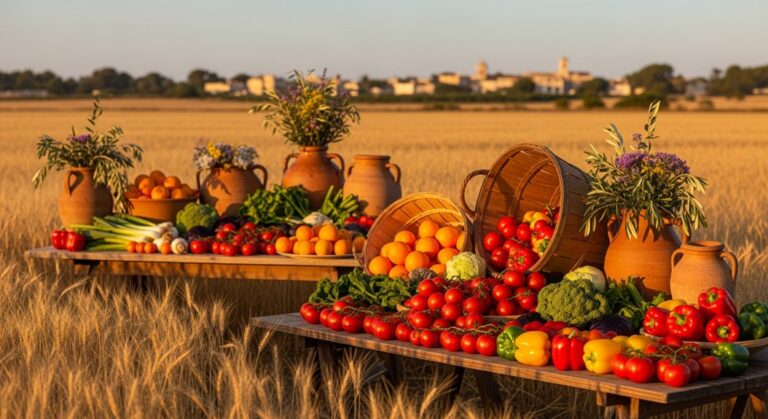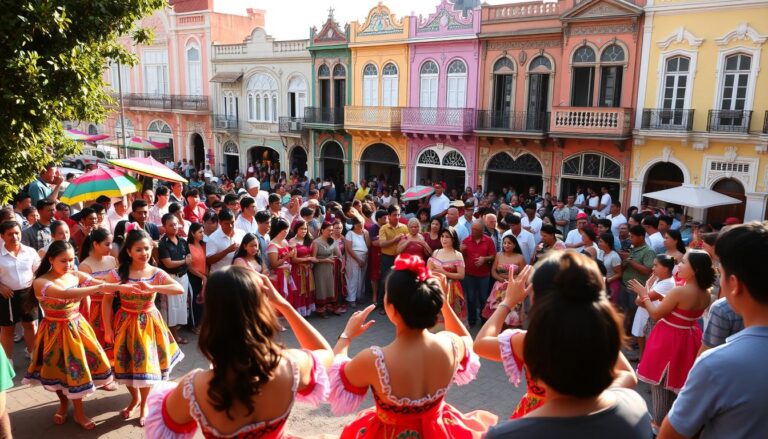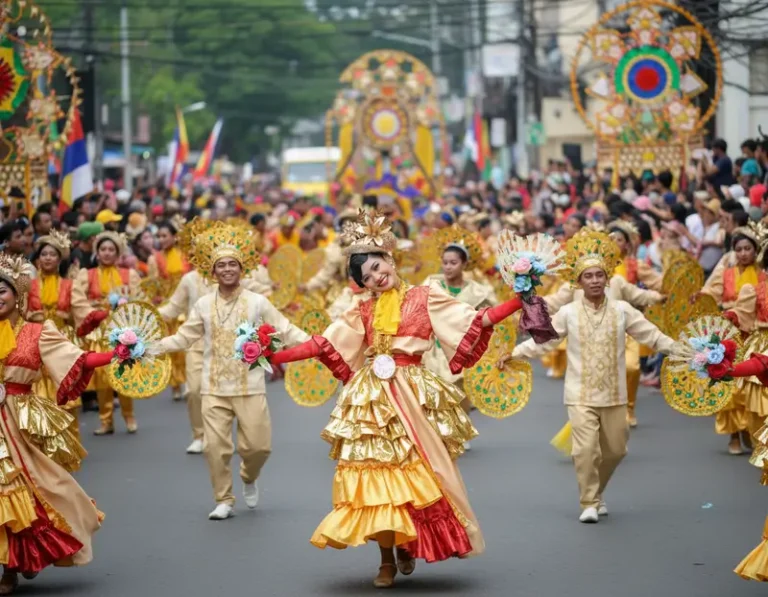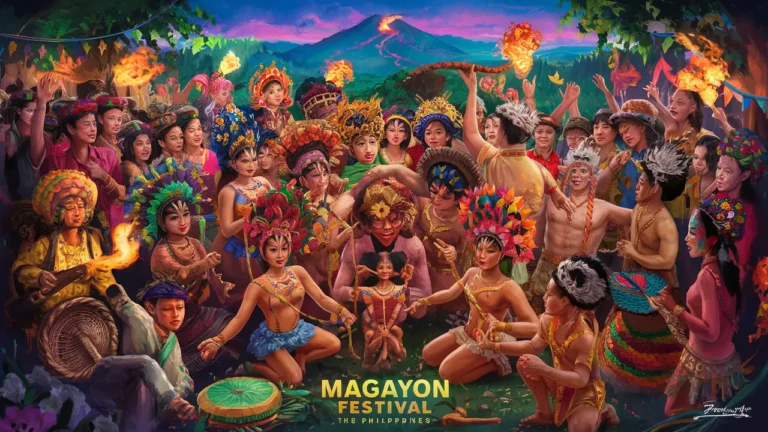Paranaque Cityhood: Metro Manila Paranaque Cityhood Celebration Guide
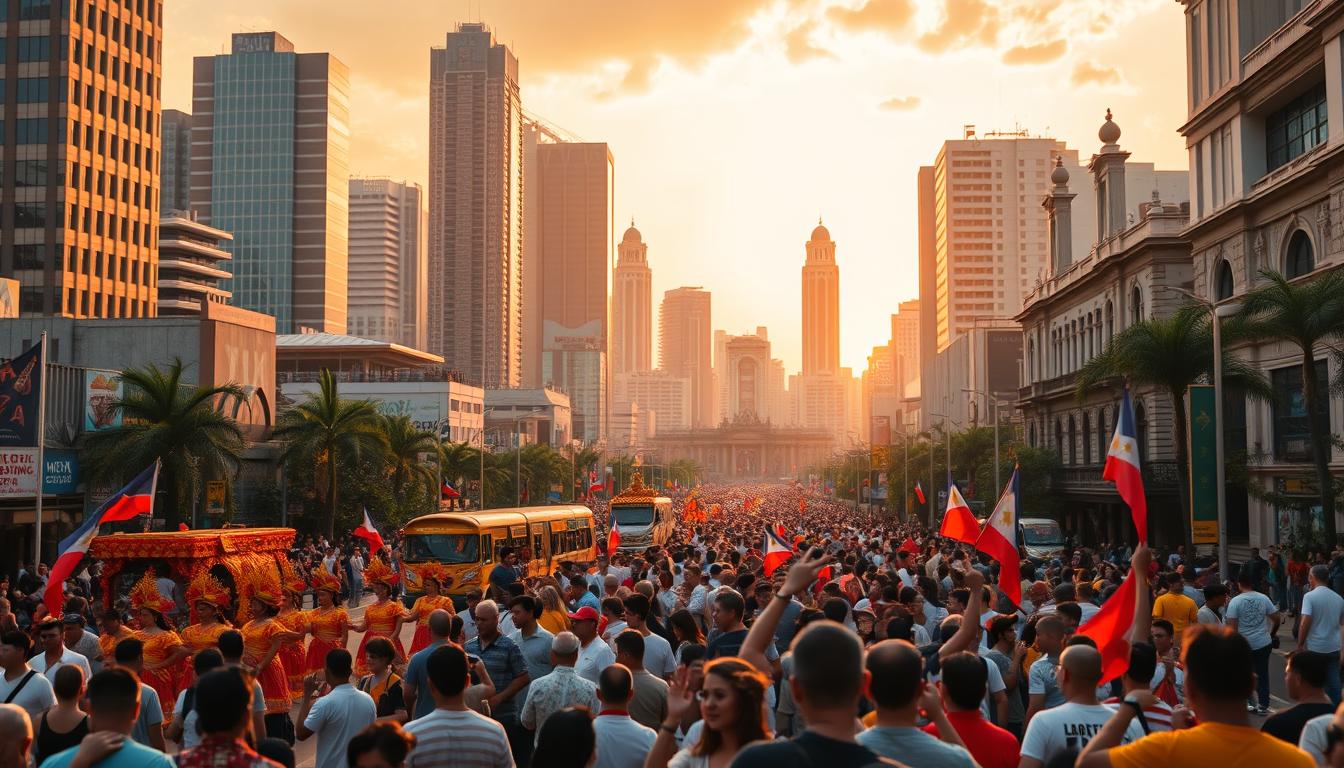
Every February, Metro Manila comes alive with one of its most spirited commemorations. This annual event marks a pivotal moment in local history – the transformation of a historic coastal community into a thriving urban hub. Colorful parades, traditional performances, and community-driven activities create an unforgettable experience for residents and visitors alike.
The celebration’s roots stretch back to Spanish colonial times, when fishing villages first flourished along Manila Bay. Over centuries, these settlements evolved into a vibrant commercial and cultural center, blending historic traditions with modern progress. Today, the anniversary honors both the area’s rich past and its contemporary achievements.
From February 1-17, 2024, the schedule bursts with diverse events. Academic competitions spark young minds while sports tournaments showcase local talent. Cultural highlights include the nationally recognized Sambalilo Festival and traditional Komedya plays depicting 16th-century themes. These activities demonstrate how community values shape urban development.
This guide combines verified historical insights with practical event information. You’ll discover:
Key Takeaways
- 17-day celebration featuring cultural and sporting events
- Deep connections to Spanish colonial heritage
- Signature festivals like Regatta de Palanyag
- Local government-supported community programs
- Historical roots of traditional performances
- Modern urban development achievements
Celebration Overview and Significance
Metro Manila’s calendar lights up annually with a multi-week festival honoring local heritage. This year’s festivities run from January 22 to February 17, 2024, blending historic traditions with modern civic pride. The extended schedule allows residents to engage in diverse programs while preserving cultural identity.
Event Dates, Duration, and Key Milestones
The celebration’s timeline adapts yearly, ranging from three-day bursts to 27-day marathons. Key dates for 2024 include:
| Milestone | Date | Highlight |
|---|---|---|
| Opening Ceremony | January 22 | Flag-raising & street dances |
| Mid-Festival Peak | February 1–14 | Academic contests & sports finals |
| Culmination Day | February 17 | Fireworks display & awards night |
Understanding the Cityhood Anniversary
This milestone unites generations through shared achievements. Local news outlets report 89% community participation in 2023’s events, from senior citizens’ choirs to youth basketball leagues. The blend of activities—like job fairs and folk dance competitions—reflects the area’s growth from fishing villages to a metro hub.
Government-supported programs during the festival highlight infrastructure upgrades and cultural preservation. As one organizer notes: “Our traditions fuel progress—each bamboo float parade reminds us where we began.”
Historical Evolution of the City
Centuries of cultural exchange shaped this metro hub into a blend of heritage and progress. Founded in 1572 by Spanish missionaries, the area first served as a coastal defense post against pirate raids. Early settlers built bamboo forts and developed salt-making industries that sustained Manila Bay communities.
Colonial Roots and Early Developments
Augustinian friars established the first parish church in 1580, creating a spiritual and commercial center. The settlement played a critical role during Limahong’s 1574 invasion, with locals repelling Chinese forces through strategic alliances. Spanish records show:
| Era | Key Features | Impact |
|---|---|---|
| 1572-1898 | Salt production hub | Manila’s primary preservative supplier |
| 1901-1941 | Agricultural expansion | Rice fields covered 70% of land |
| Post-WWII | Airport development | Connected to global trade routes |
Modern Transformation and Urban Growth
Post-war reconstruction sparked rapid urbanization. The 1998 cityhood declaration accelerated infrastructure projects, transforming fishing villages into Entertainment City’s casino resorts. A local historian notes: “Our shoreline evolved from fish drying racks to five-star hotels within two generations.”
Today, smart city initiatives complement preserved traditions. Annual festivals honor this journey, blending bamboo raft races with tech expos. The city’s evolution from colonial outpost to economic powerhouse fuels its unique anniversary celebrations.
Paranaque Cityhood Celebrations: A Closer Look
The heart of the anniversary festivities beats strongest during its signature cultural showcase. At the center stands the Grand Sunduan Festival, a vibrant reimagining of 19th-century courtship traditions. This week-long spectacle transforms streets into living museums of romantic heritage.
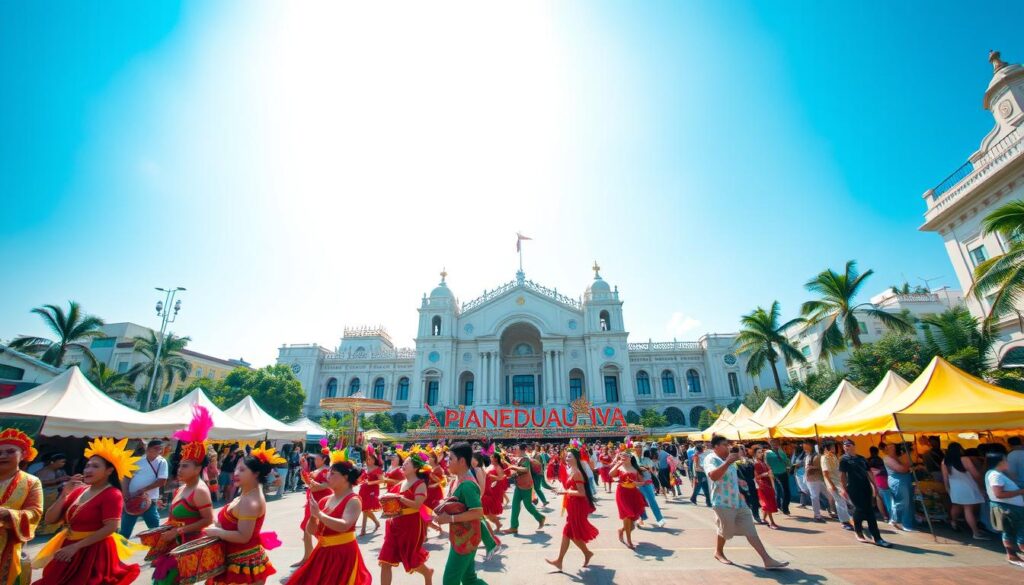
Highlighting the Grand Sunduan Festival
Rooted in Spanish-era customs, the festival revives the sunduan practice where suitors formally visited sweethearts’ homes. Modern iterations feature elaborate parades with participants in period costumes. A local cultural officer explains: “We preserve our ancestors’ romance language through synchronized marches and floral arrangements.”
Key 2024 activities include:
| Date | Event | Location |
|---|---|---|
| Feb 6 | Sunduan Dolls Contest | Ayala Malls Manila Bay |
| Feb 13 | Grand Procession | St. Andrews Cathedral |
| Feb 13 | Fashion Show & Concert | City Hall Grounds |
The Dolls Contest displays handmade figures wearing traditional baro’t saya outfits. Participants use recycled materials, blending eco-awareness with artistry. Evening parades feature marching bands playing kundiman love songs, while couples reenact historic courtship scenes.
These events draw over 15,000 attendees annually, proving age-old traditions still resonate. As one visitor noted: “Seeing teenagers participate shows our heritage remains alive.”
Vibrant Cultural Showcases & Local Traditions
The streets transform into living galleries during February, where ancestral customs meet modern creativity. At the heart of these displays lies the Grand Sunduan Festival, a dynamic revival of romantic heritage that turns public spaces into interactive cultural classrooms.
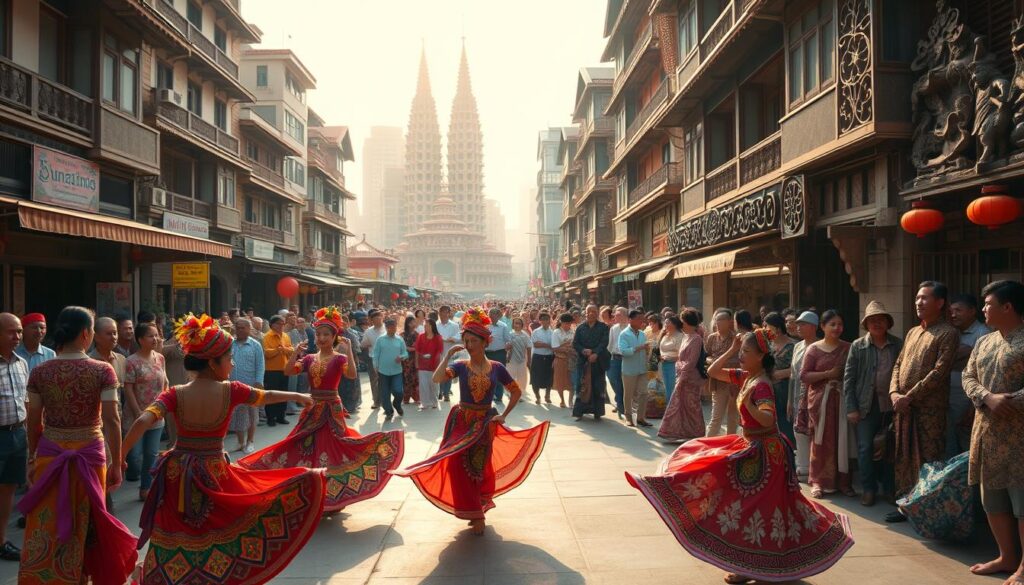
Traditional Courtship and Sunduan Customs
Rooted in 19th-century practices, the sunduan tradition reimagines how suitors courted partners through formal visits. Today, barangays like La Huerta and Sto. Niño recreate these rituals with marching bands and floral processions. A cultural organizer shares: “Participants carry bamboo arches symbolizing unity – a tradition passed down since 1876.”
Cultural Events: Sunduan Dolls Contest and Folk Dance
Two standout events blend artistry with heritage preservation:
| Event | Date | Feature |
|---|---|---|
| Sunduan Dolls Contest | Feb 6 | Recycled-material figurines in traditional dress |
| Folk Dance Competition | Feb 14 | Modernized karakol street dances |
Local news outlets report 92% participant satisfaction in 2023’s doll-making contest. Families collaborate for months, crafting detailed figures wearing baro’t saya outfits from plastic scraps. Evening folk dances see schools reinterpret harvest rituals with hip-hop elements.
These events create bridges between generations. Teenagers learn stitching techniques from elders while sharing TikTok dance trends. As one parent noted: “My daughter’s doll won awards, but the real prize was working with her lola.”
Diverse Community Engagement & Recognitions
The anniversary celebrations shine brightest when honoring those who shape community progress. Local leaders highlight civic contributions through awards and inclusive programming, creating opportunities for all residents to participate meaningfully.
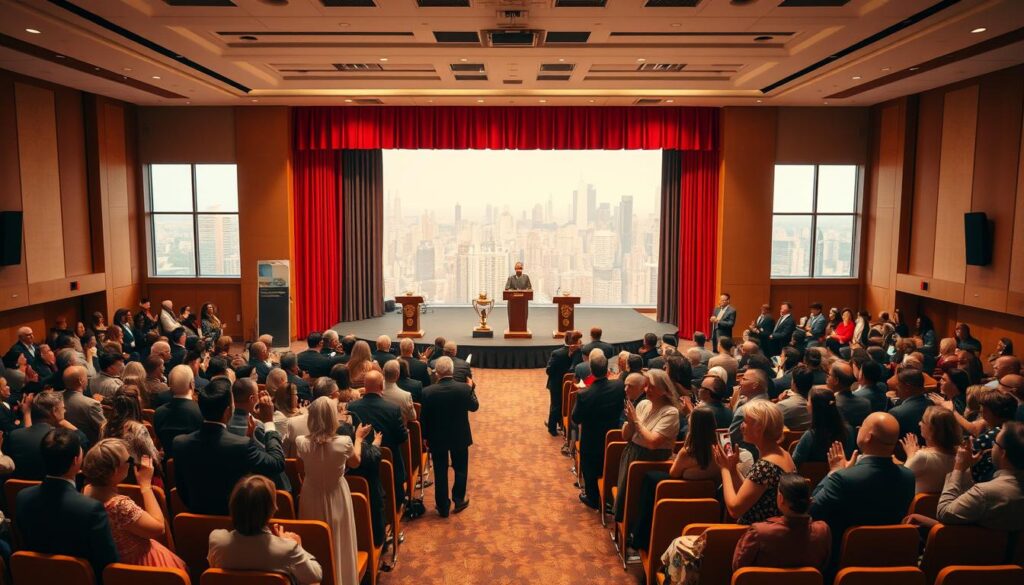
Outstanding Citizen Awards and Honors
Annual recognition programs spotlight exceptional individuals driving positive change. The Gawad Palanyag Awards celebrate top taxpayers, educators, and environmental champions. Recent honorees include:
- A seafood vendor funding scholarships through micro-savings
- A youth group planting 5,000 mangrove seedlings annually
- Senior volunteers managing neighborhood recycling hubs
Mayor Eric L. Olivarez emphasizes: “These awards aren’t trophies – they’re mirrors reflecting our shared values.” Over 300 residents received educational grants in 2024, supporting academic excellence across 16 public schools.
Inclusive Activities for All Interests
From cooking contests to coastal cleanups, events cater to diverse passions. The Flavors of Parañaque cooking competition draws home chefs and professionals alike, while medical caravans provide free checkups in 8 barangays. Key 2024 highlights:
| Activity | Participants | Impact |
|---|---|---|
| Lauya Cooking Contest | 42 family teams | Preserved traditional recipes |
| Coastal Clean-up Drive | 1,200 volunteers | 12 tons of waste collected |
These initiatives foster unity while addressing local needs. As one senior participant noted: “My arthritis can’t stop me from joining – they even provided a shaded workstation!”
In-Depth Look at Scheduled Activities
The 17-day celebration transforms the metro into a dynamic hub of learning, competition, and civic engagement. Over 50 scheduled events cater to diverse interests, blending intellectual challenges with creative expression. Community-driven initiatives anchor the program, reflecting residents’ commitment to collective growth.
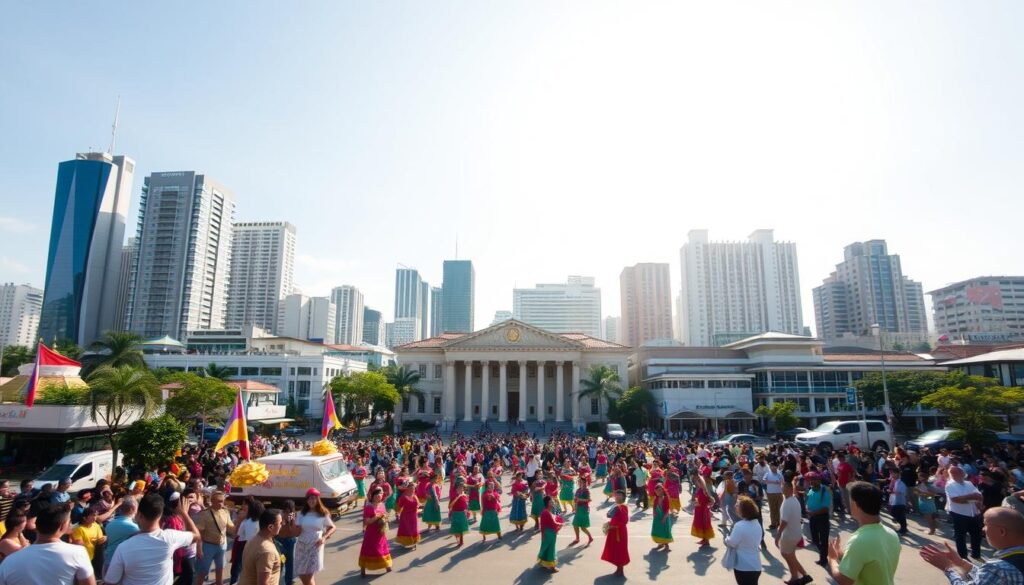
Academic, Sports, and Public Service Initiatives
Young minds shine during the Inter-School Quiz Bee on February 5-7, featuring STEM and history categories. Sports enthusiasts can catch basketball finals at Ninoy Aquino Stadium from February 8-12. Public service highlights include:
| Initiative | Date | Location |
|---|---|---|
| Coastal Clean-up | Feb 9 | Diosdado Macapagal Blvd |
| Blood Donation Drive | Feb 14 | City Health Office |
Entertainment Shows and Festive Performances
The Ginoo at Binibining Parañaque pageant on February 10 showcases local ambassadors of culture. Drum and lyre competitions electrify Baclaran Church grounds every weekend. Evening concerts feature OPM legends alongside rising indie artists.
Healthcare and Job Fair Programs
Free medical check-ups run daily at 12 barangay health centers until February 16. The Mega Job Fair on February 15-16 offers 3,000 positions across retail, tech, and hospitality sectors. A participant from last year shared: “I secured a hotel job that changed my family’s life.”
Travel and Access Information in Metro Manila
Navigating Metro Manila’s vibrant festival scene requires smart travel planning. The celebration area sits 20 kilometers south of Manila, easily accessible through multiple transport routes. Understanding local traffic patterns ensures visitors maximize their time at events while avoiding delays.
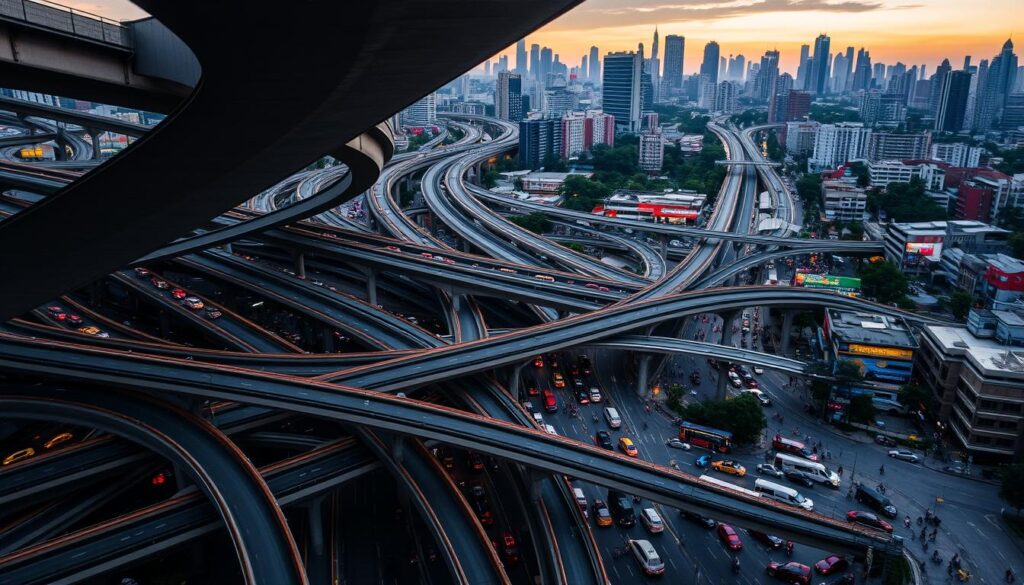
Routes, Traffic Considerations, and Proximity
Key highways like NAIA Expressway and Coastal Road connect the city to central Manila. During peak celebration hours (7-9 AM and 5-7 PM), travel times can double. A traffic officer advises: “Use navigation apps—they update real-time road closures like the February 9 fun run detours.”
| Transport Option | From Manila | Travel Time |
|---|---|---|
| LRT Line 1 (new extension) | Baclaran Station | 25 minutes |
| Jeepney (Route 18) | Taft Avenue | 40-60 minutes |
| Private Vehicle | via SLEX | 35-90 minutes |
Public utility vehicles serve major event venues until midnight during festivities. Ride-hailing apps offer carpool discounts for groups attending activities. The city integrates travel logistics into event planning, with free shuttle buses connecting LRT stations to festival grounds.
New infrastructure projects improve access. The operational LRT Cavite Extension reduces congestion, while upgraded bike lanes along Diosdado Macapagal Blvd offer eco-friendly alternatives. As one organizer notes: “We want everyone focused on memories, not missed turns.”
Conclusion
This vibrant celebration weaves together centuries-old customs with modern achievements, creating a living tapestry of community pride. From historic salt-making traditions to today’s smart city projects, the area’s evolution reflects resilience and unity.
The Grand Sunduan Festival remains a cultural cornerstone, blending Spanish-era romance rituals with eco-conscious artistry. Meanwhile, events like the Ginoo Binibining Parañaque pageant highlight contemporary talents rooted in local values.
Recent recognitions – including disaster management awards and governance honors – showcase how civic engagement drives progress. Medical caravans and job fairs during the festivities demonstrate practical support for residents’ needs.
As the anniversary celebration concludes, it leaves a blueprint for honoring heritage while embracing growth. Visitors depart with memories of bamboo raft races, award-winning community heroes, and fireworks over Manila Bay.
Mark your calendars for next year’s events – where historic plazas and modern arenas alike become stages for this unique urban journey.
